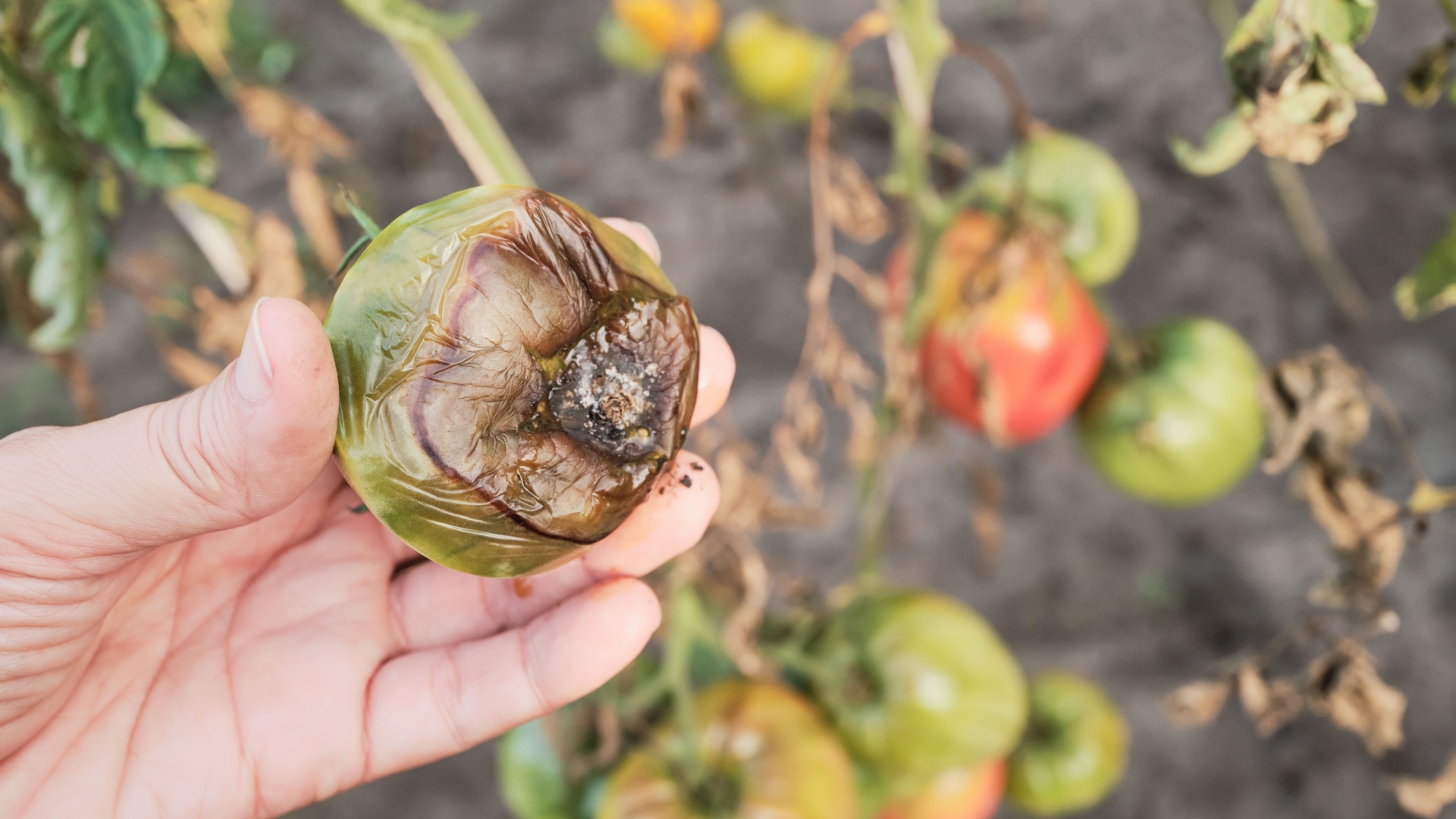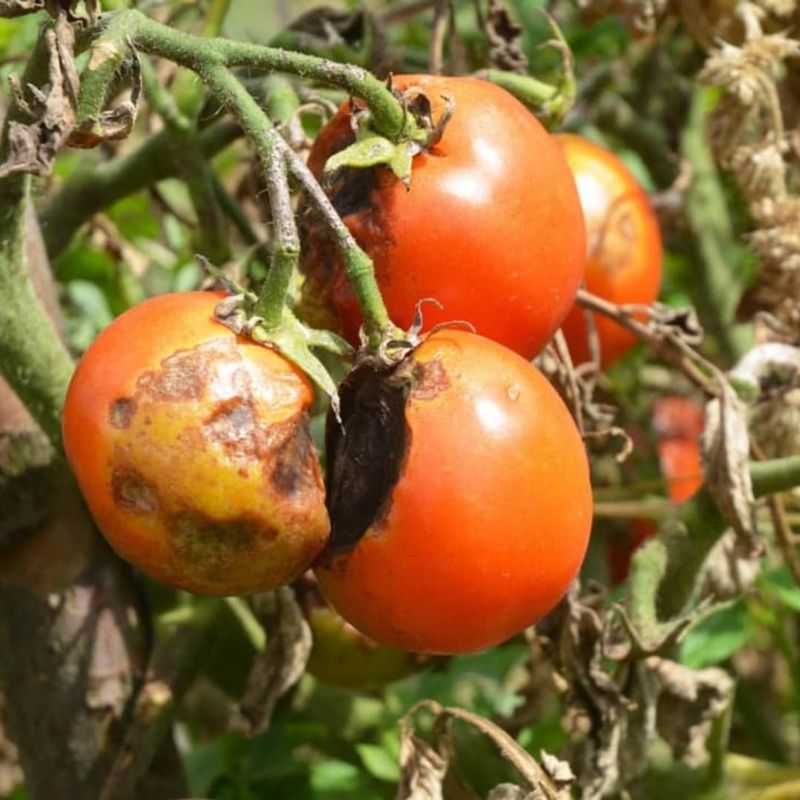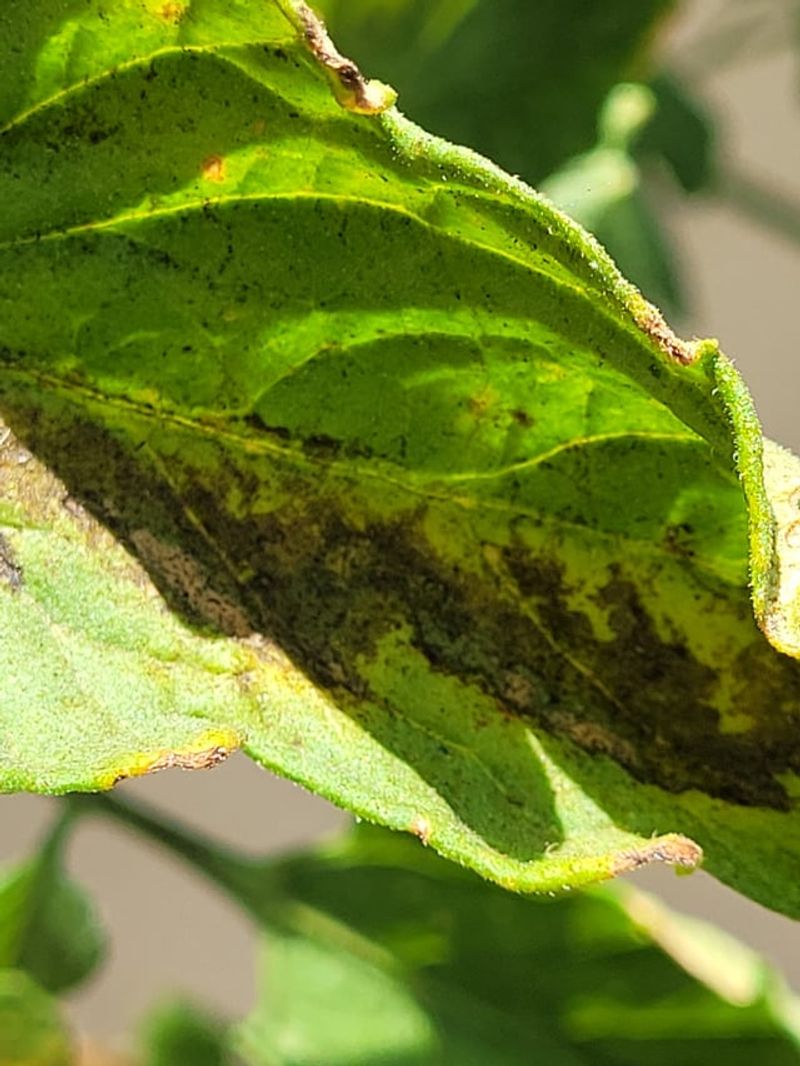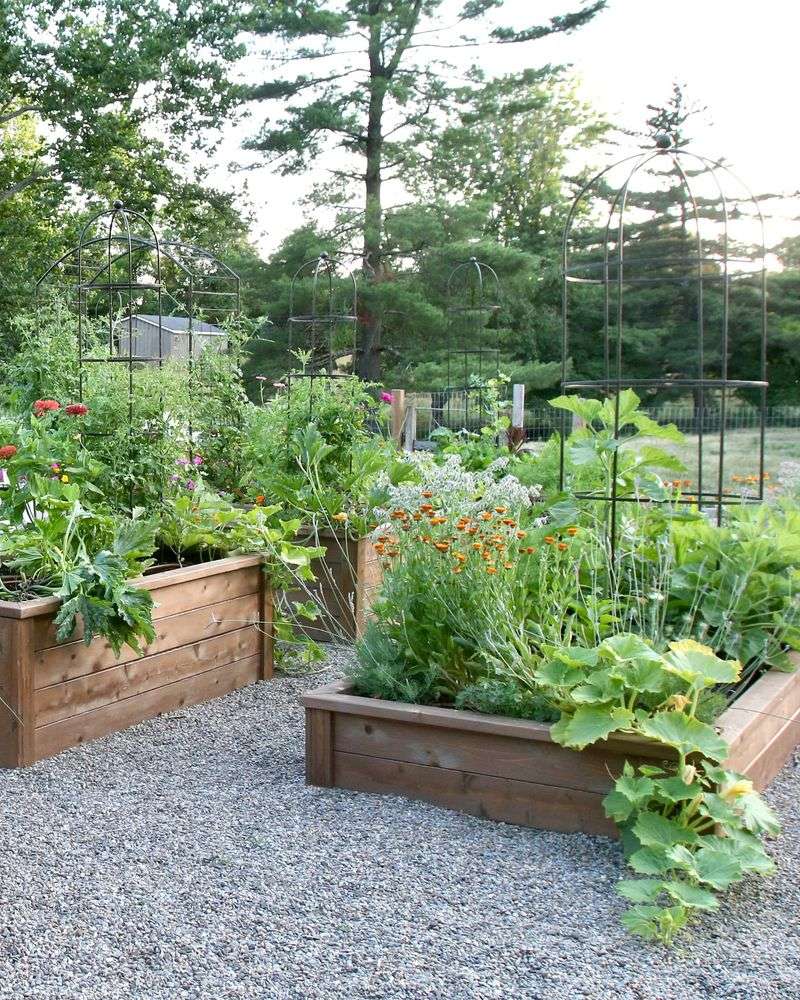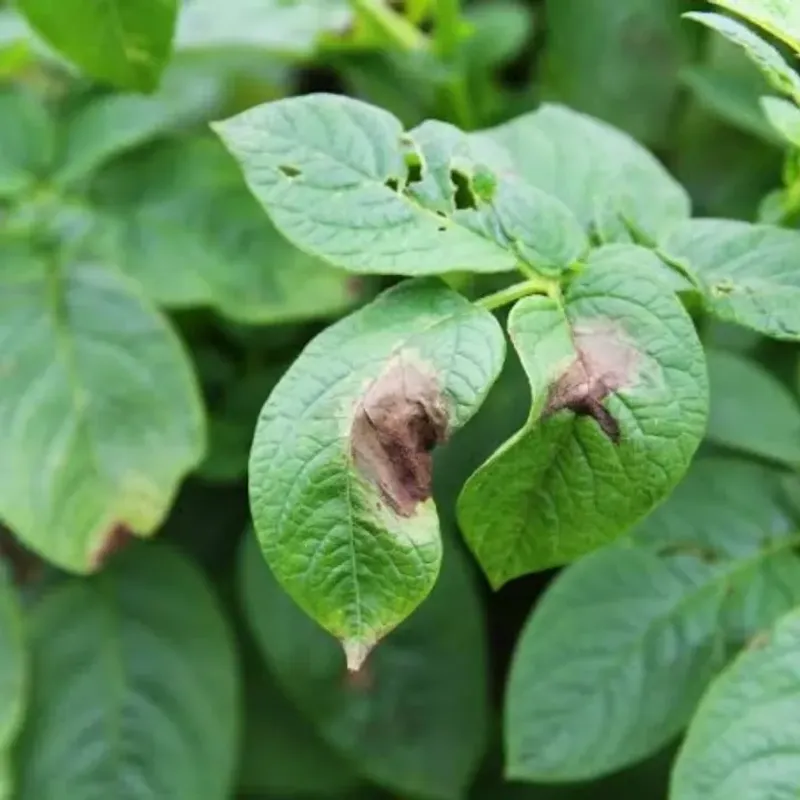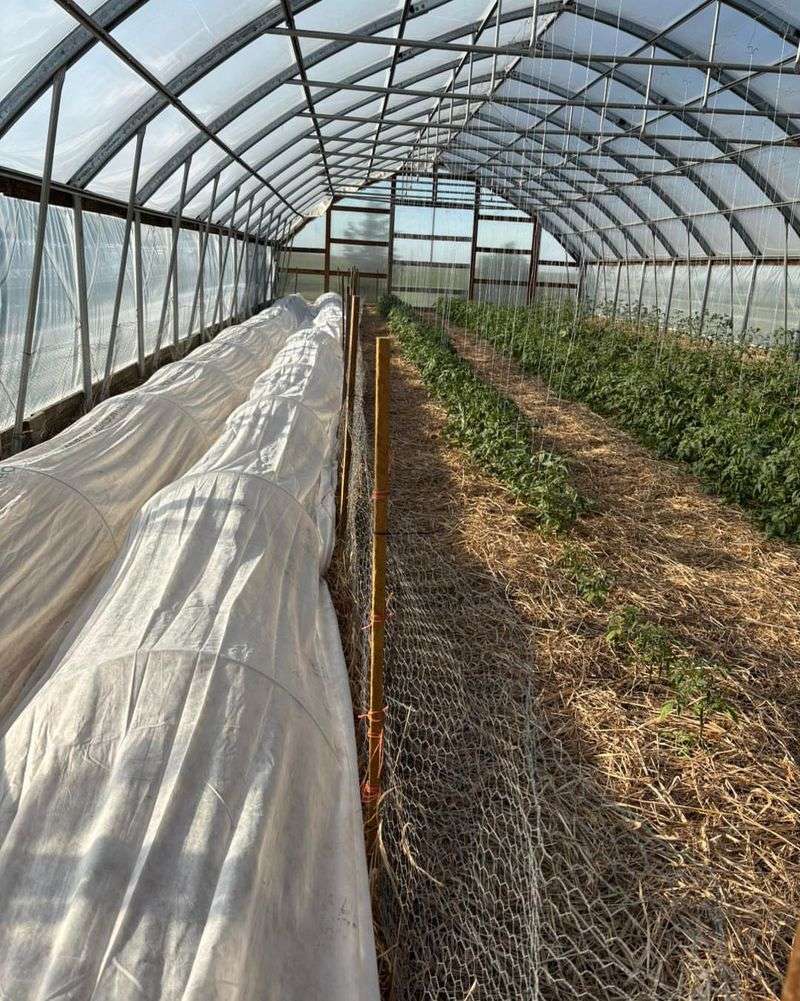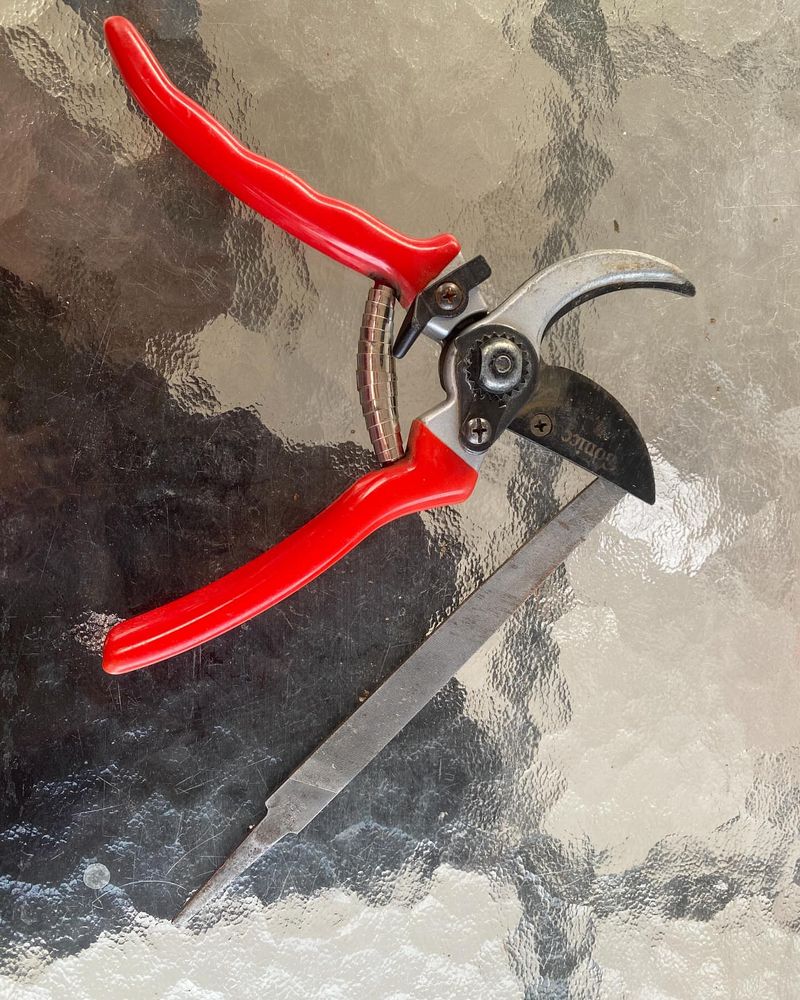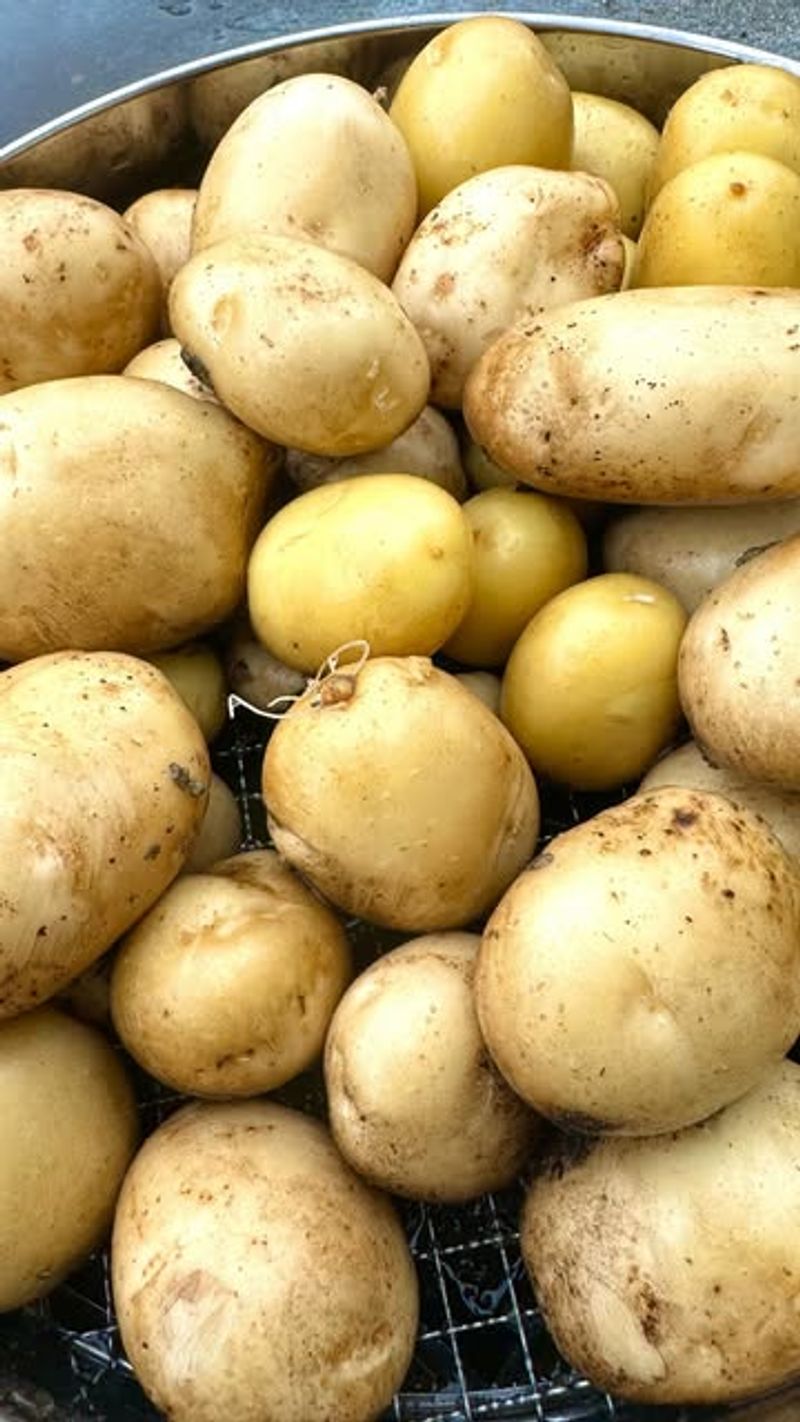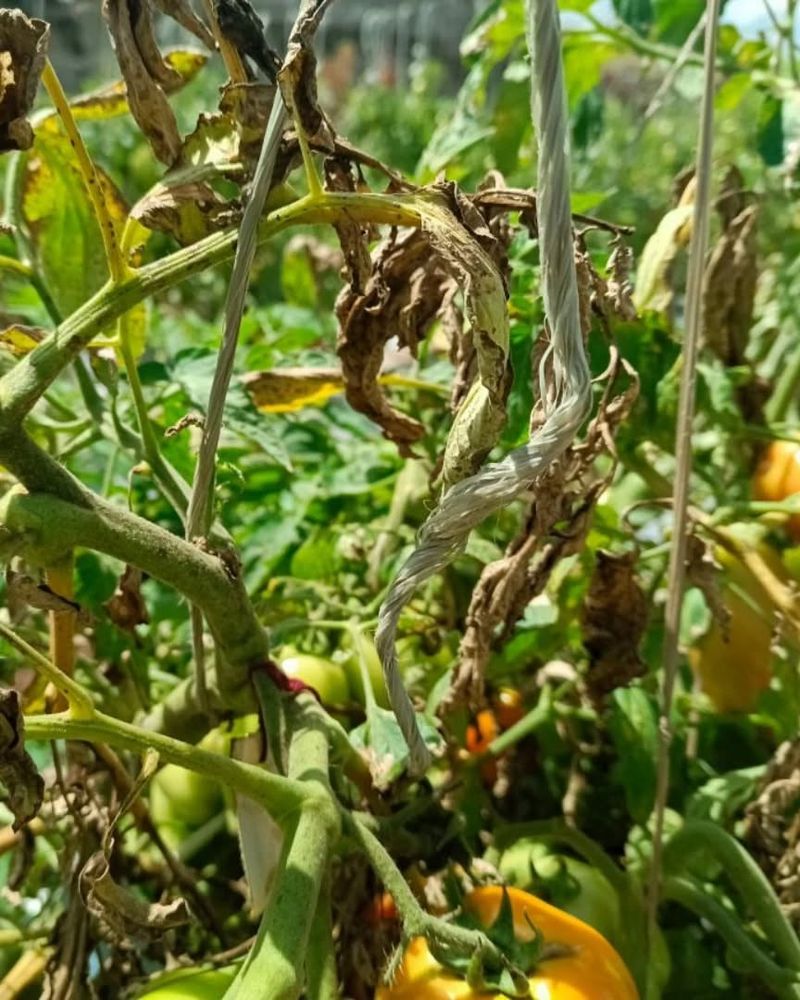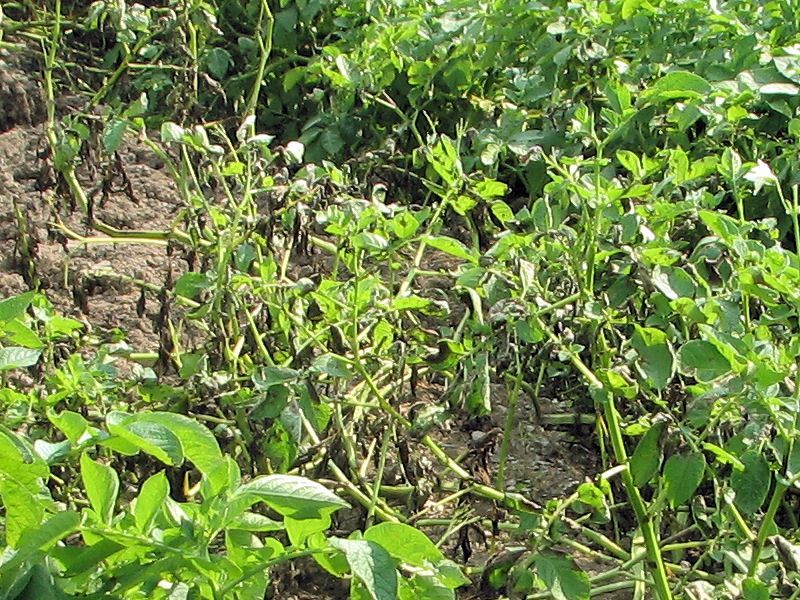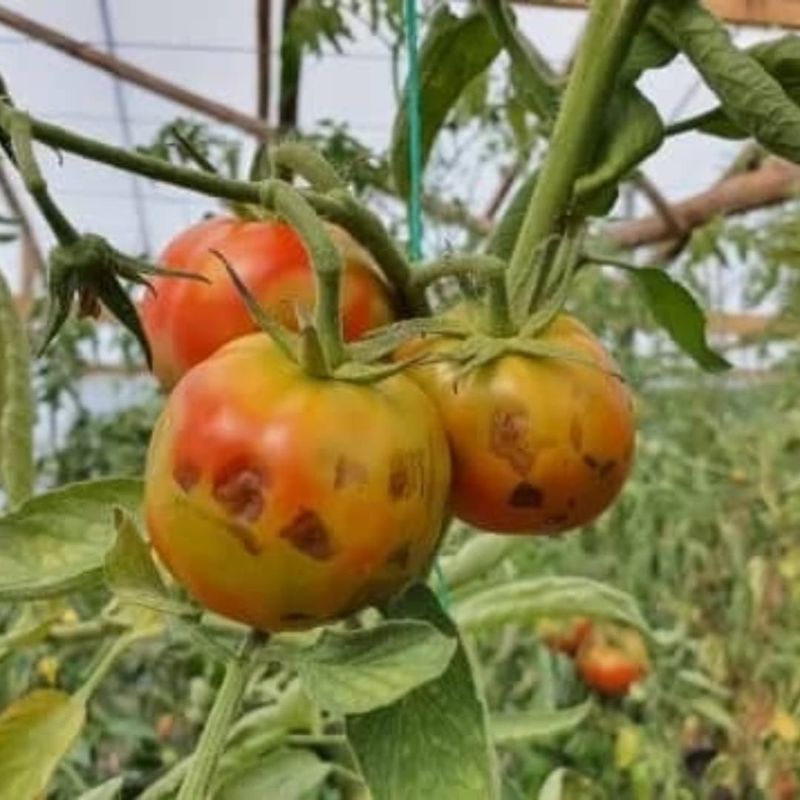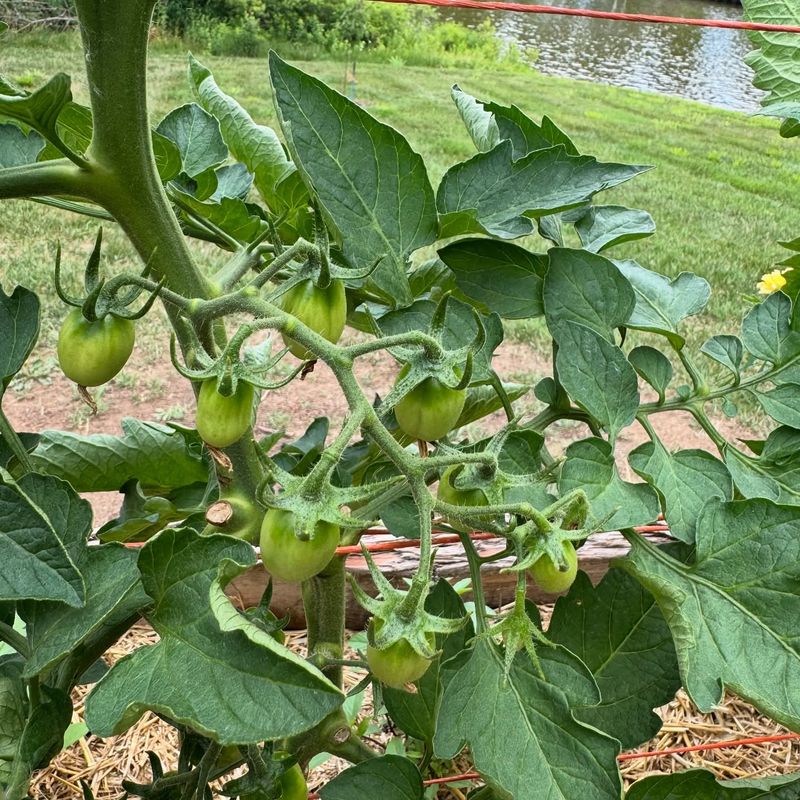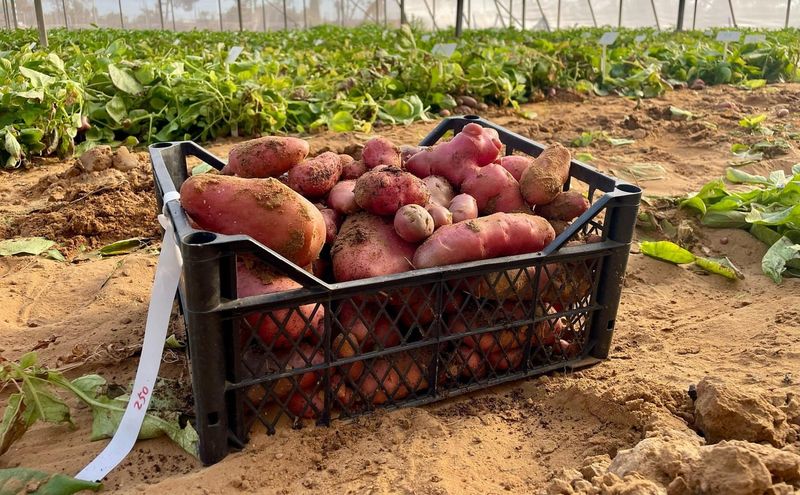Late blight can destroy your tomato and potato plants in just days, turning a promising garden into a rotting mess. With Indiana’s humid summer conditions, this fungal disease spreads faster than gossip at a county fair.
Taking action now can save your garden from this devastating plant disease that once caused the Irish Potato Famine.
1. Remove Volunteer Plants Immediately
Volunteer tomatoes and potatoes that pop up from last year’s garden can harbor late blight spores. These sneaky plants might look harmless, but they’re potential disease carriers.
Dig them out completely, including all roots and tubers. Don’t just toss them in your compost pile either – bag them up and throw them away to prevent spores from spreading.
2. Inspect Plants Daily With A Magnifying Glass
Grab your magnifying glass and become a garden detective! Early detection gives you the best chance of stopping late blight before it spreads throughout your entire garden.
Look for water-soaked spots on leaves and white fuzzy growth, especially on the undersides. Morning inspections work best when dew makes symptoms more visible.
3. Apply Copper-Based Fungicide As Prevention
Copper fungicides create a protective barrier on plant surfaces that stops late blight spores from taking hold. For organic gardens, they’re your best defense against this devastating disease.
Apply according to package directions, making sure to coat both sides of leaves thoroughly. Remember that copper washes off in rain, so reapplication is necessary after downpours.
4. Space Plants For Maximum Airflow
Crowded plants create humid microclimates where late blight thrives like teenagers at a mall food court. Proper spacing allows leaves to dry quickly after rain or morning dew.
Grab those pruning shears and thin out dense growth. Remove lower branches that touch the soil and prune interior branches to create better air circulation throughout the plant canopy.
5. Mulch Soil Surface With Straw
A thick straw mulch creates a barrier that prevents soil-borne spores from splashing onto lower leaves during rainstorms. The humble straw mulch is like a raincoat for your garden soil!
Apply a 2-3 inch layer around plants, keeping it pulled back slightly from stems. Fresh straw works better than hay, which often contains weed seeds that create future headaches.
6. Water At Soil Level Only
Overhead watering is practically an invitation for late blight to move in and destroy your garden. Water droplets on leaves create perfect conditions for spore germination and infection.
Switch to soaker hoses or drip irrigation immediately. If you must use sprinklers, run them early morning so leaves dry completely before evening. Dry foliage means fewer disease problems overall.
7. Create Physical Barriers With Row Covers
Row covers act like umbrellas for your plants, preventing airborne spores from landing on vulnerable leaves. They’re especially helpful during Indiana’s unpredictable summer weather patterns.
Secure covers over plants using hoops or stakes. Make sure edges are weighted down to prevent wind from lifting them. Remove during flowering to allow pollinators access unless you’re hand-pollinating.
8. Sanitize Garden Tools Between Plants
Your pruners and garden tools can become unwitting accomplices in spreading late blight from sick plants to healthy ones. Don’t let them betray your garden!
Mix a solution of 1 part bleach to 9 parts water in a spray bottle. After working with each plant, spray tools thoroughly and wipe dry. For larger tools, keep a bucket of sanitizing solution nearby for quick dips.
9. Harvest Mature Vegetables Promptly
Overripe tomatoes left hanging on plants become perfect breeding grounds for late blight. Once fruits show the first blush of color, they’re fair game for harvesting.
Pick tomatoes at the breaker stage (when they first show color) and ripen them indoors on a countertop. They’ll develop full flavor while safely away from potential infection. Plus, harvesting stimulates plants to produce more!
10. Install Rain Shelters For Tomatoes
Rain shelters are like mini-roofs for your tomato plants, keeping leaves dry during Indiana’s summer downpours. Dry leaves are much less susceptible to late blight infection.
Use clear plastic sheeting attached to stakes or hoops positioned above plants. Leave sides open for ventilation to prevent heat buildup. These simple structures can be lifesavers during wet periods.
11. Destroy Infected Plants Without Mercy
Finding late blight requires immediate action – there’s no time for sentimental goodbyes to infected plants. One infected plant can spread disease to your entire garden in days.
Pull the entire plant, roots and all. Place it directly into a plastic bag without shaking or brushing against healthy plants. Seal tightly and dispose in trash, never compost! Then wash your hands and clothes before touching other plants.
12. Rotate Nightshade Family Crops
Late blight spores can overwinter in soil, waiting to attack next year’s crops. Smart rotation breaks this cycle by moving susceptible plants to fresh ground.
Mark your garden map now to show where tomatoes, potatoes, eggplants and peppers grew this year. Plan to plant these crops in different beds next season. A three-year rotation is ideal for breaking disease cycles.
13. Purchase Blight-Resistant Varieties For Late Plantings
Not all tomatoes are equally vulnerable to late blight! Resistant varieties have built-in defenses that slow disease progression. For emergency replacements of lost plants, they’re your best bet.
Look for varieties with ‘Mountain Magic’, ‘Defiant PhR’, or ‘Iron Lady’ in their names. Local garden centers often stock these resistant types. They might cost more, but the peace of mind is worth every penny.
14. Check Weather Forecasts Daily
Late blight thrives in specific weather conditions – temperatures between 60-70°F combined with high humidity or rain. These conditions trigger explosive disease spread.
Set up weather alerts on your phone specifically for these conditions. When the forecast shows perfect blight weather coming, take preventive action immediately by applying fungicides before, not after, the dangerous weather arrives.
15. Join Community Blight Monitoring Networks
Late blight outbreaks move like waves across regions, and advance warning can save your garden. Local monitoring networks track disease progression throughout Indiana and neighboring states.
Contact your county extension office to join alert systems. Many offer text or email notifications when blight is detected nearby. You can also contribute by reporting suspected cases, helping fellow gardeners protect their harvests too.

